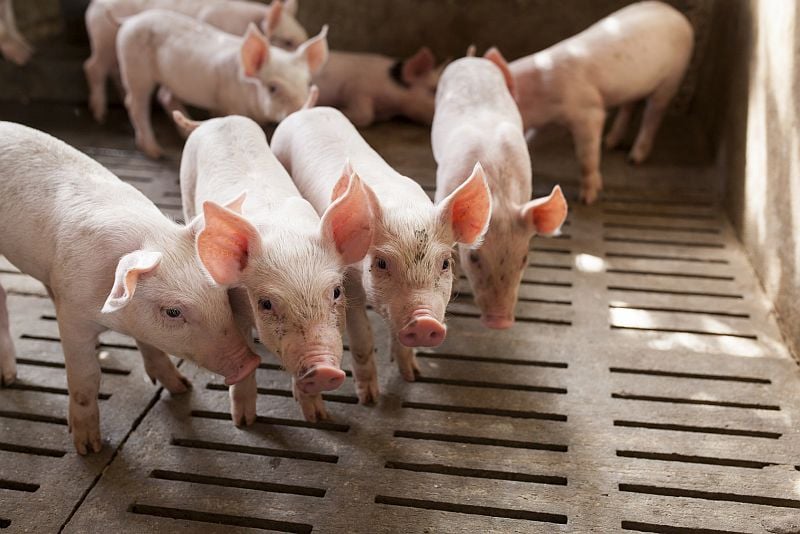Get Healthy!

- Cara Murez
- Posted July 7, 2023
U.S. Livestock, Pet Industries Pose Disease Threat to People
American industry engages in some of the same high-risk practices as other countries in keeping and selling commercial animals that have the potential for triggering outbreaks of disease among humans, a new report shows.
Researchers from Harvard Law School and New York University (NYU) studied this as part of a larger project in which they aim to assess zoonotic disease risks related to animal industries in 15 countries.
"The risk is staggering, because our use of animals is staggering,"report author Ann Linder, a research fellow at Harvard's animal law and policy program, told The New York Times. "And we don't even really understand where that risk is."
The United States also "has no comprehensive strategy"to mitigate the dangers, and these practices often happen out of view and without regulation, the report said.
The new report "should change the narrative"that spillover is a "foreign"problem, Dr. Suresh Kuchipudi, an expert on zoonotic disease at the University of Pittsburgh School of Public Health, told the Times.
"The risk of disease transmission is not really confined to a particular geography or cultural practice,"he added. "It can happen wherever there is frequent wild or domestic animal and human interactions."
This issue rose to the surface, of course, because of the pandemic. The origins of the COVID-19 virus are still uncertain.
About 60% of infectious diseases are "zoonotic,"or start in animals. That's also true of about 75% of new and emerging infectious diseases, according to the U.S. Centers for Disease Control and Prevention.
For the U.S. portion of the ongoing international study, researchers analyzed 36 animal markets, interviewing experts and reviewing publicly available data, government regulations and scientific papers. The markets included those for dog breeding, hunting and trapping, petting zoos and livestock auctions.
The authors considered the number of animals involved, the pathogens they are known to carry, interactions with humans and biosecurity practices.
"We just discovered so much that was surprising to us,"report co-author Dale Jamieson, director of the Center for Environmental and Animal Protection at NYU, told the Times.
Among the facts they unearthed were that the U.S. produces more than 10 billion land animals for food annually. Americans also raise more pigs and poultry than nearly any other country, Linder said. These particular animals can transmit influenza.
The United States is also the leading importer of livestock and wild animals, including more than 220 million live wild animals annually.
There are over 130 live bird markets in the Northeast alone, the report found. Multiple outbreaks of highly pathogenic bird flu have already happened this year at these events, according to the report, and swine flu has previously spilled over into humans at markets in Minnesota.
Meanwhile, government regulation is "inconsistent and full of holes,"Linder said. It is also focused on conservation regulations, rather than disease.
Some data gaps exist, so the next step is further study, the report authors said.
"These threats are out there, whether we turn on the lights and face them or just continue taking comfort in the dark,"Linder said.
More information
The U.S. Centers for Disease Control and Prevention has more on zoonotic diseases.
SOURCE: The New York Times, July 6, 2023




